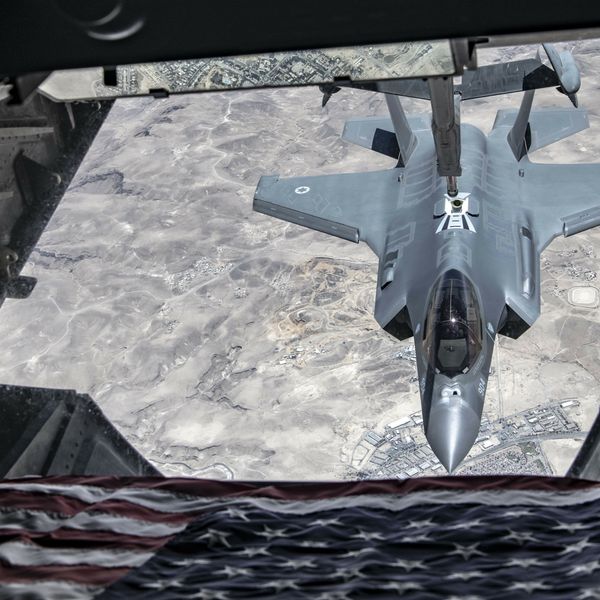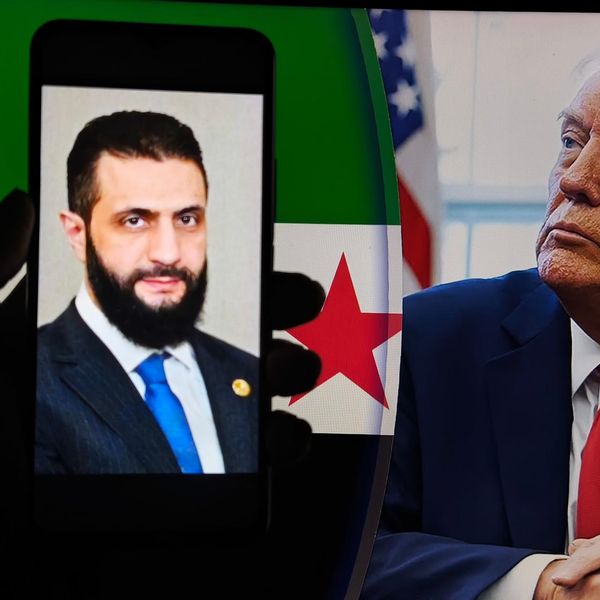Since Russia’s invasion last month, nearly 6.5 million people have been forcibly displaced within Ukraine and almost 3.4 million have fled across international borders.
But even before almost 10 million Ukrainians were driven from their homes, the number of people displaced by war, persecution, general violence, or human-rights violations worldwide swelled to a staggering 84 million in 2021, according to UNHCR, the United Nations Refugee Agency. If they formed their own country, it would be the 17th largest on earth, slightly bigger than Iran or Germany. Add in those driven across borders by economic desperation and the number balloons past one billion, making it one of the three largest nations on Earth.
What has separated Ukrainians from their many displaced brethren has been Europe’s response. A recent New York Times article, “Fleeing War in Ukraine, They’re Met With Employers Offering Paychecks,” notes that Ukrainians are being fast-tracked for jobs as European governments waive visa requirements and provide easy access to education and employment. “People want to do anything they can to help,” said Christina Kaesshoefer, a co-founder of JobAidUkraine, a new website that helps Ukrainian refugees find work.
Don’t bother looking for JobAidSyria or JobAidSomalia, despite the longer-running conflicts in those riven nations. For almost a decade, much of Europe has been content to turn its back on desperate refugees put to flight by the conflicts in Afghanistan, Iraq, and Syria; the Ethiopian, Eritrean, Somali, Sudanese, and other migrants imprisoned and tortured in Libyan detention centers; and the countless others — at least 18,600 between 2014 and 2021 — who drowned attempting to cross from North Africa to Italy.
The United States also bears a special responsibility for this suffering given that up to 60 million people — in Afghanistan, Iraq, Libya, Pakistan, the Philippines, Somalia, Syria, and Yemen — have been displaced by the war on terror, according to Brown University’s Costs of War Project.
“It’s like this: you stay in the detention center for years. No resettlement. No evacuation. You try the sea. You get intercepted or you die. Only a small percentage reach their destiny,” was how one refugee in Libya put it. We know this because of intrepid Irish journalist Sally Hayden.
In August 2018, Hayden received a Facebook message that changed her life. “Hi sister Sally, we need your help,” it read. “We are under bad condition in Libya prison. If you have time, I will tell you all the story.” Soon Hayden was in contact with refugees inside nearly nine different Libyan migrant detention centers and on her way — through WhatsApp messages, videos, photos, audio clips, and hundreds of interviews — to covering one of the defining stories of our time.
“I had stumbled, inadvertently, on a human rights disaster of epic proportions,” Hayden writes in her harrowing new tour de force, My Fourth Time, We Drowned: Seeking Refuge on the World’s Deadliest Migration Route. This crisis flowed from European Union “migration management” policies— paying Libya to intercept migrants attempting to cross the Mediterranean Sea — which, Hayden shows, monetized movement, made detention a booming business, and was a boon for human traffickers, people smugglers, and modern-day slave traders. The misery they made was aided and abetted, in turn, by the very agencies meant to protect refugees, none more so than UNHCR, which Hayden paints as both ineffectual and unethical.
While the scope of the story she tells is immense and terribly tangled, Hayden makes it understandable, deftly weaving together voices and sources to provide a poignant look at Europe’s complicity in the detention, abuse, and deaths of those desperate to find refuge within its borders. Combining incredible sensitivity with righteous indignation, Hayden keeps the focus on her incarcerated informants, peppering the book with messages sent to her over the years:
“You are our hope to make the world know about us, to know our suffering in the hell country, Libya.”
“People want to die in the sea rather than in detention centers. At this time, human rights are sleeping. Life is very cheap.
“I don’t know even if this center is being run by the government or not; I couldn’t differentiate it. Yes, they wear police officers’ clothes but they work like smugglers. They torture, they kidnap, they steal, how can we differentiate.”
The accumulated result is a brilliant, unparalleled investigation of one of the most underreported scandals and monstrous crimes of our time.
Hayden closes her book with a question she never gets asked: “How can we avoid growing immune to inequality across the world and make sure we are hearing pleas for help?” At the moment, the West has shown great concern for 10 million Ukrainians tragically displaced by the Russian war, but that leaves another 84 million displaced people in dire straits and desperate need.
In a world of callous governments, awful aid agencies, sealed borders, and heartless policies that criminalize humanity’s most ancient response to danger — flight — we’re nonetheless more connected than ever.
“Growing global access to smartphones means you could receive a message from anyone, anywhere at any moment,” writes Hayden. Her response to such a plea was to devote years of difficult reporting to exposing a massive humanitarian crisis that powerful governments, criminal syndicates, and much of the international community would rather you ignore.
What if the next text you receive is from someone trapped in transit or a detention center or in need of an immediate wire transfer? What if you’re the only lifeline available to someone down to their last minute of airtime? What if your response could mean the difference between life and death? “How,” Hayden asks, “will you deal with it?”
















